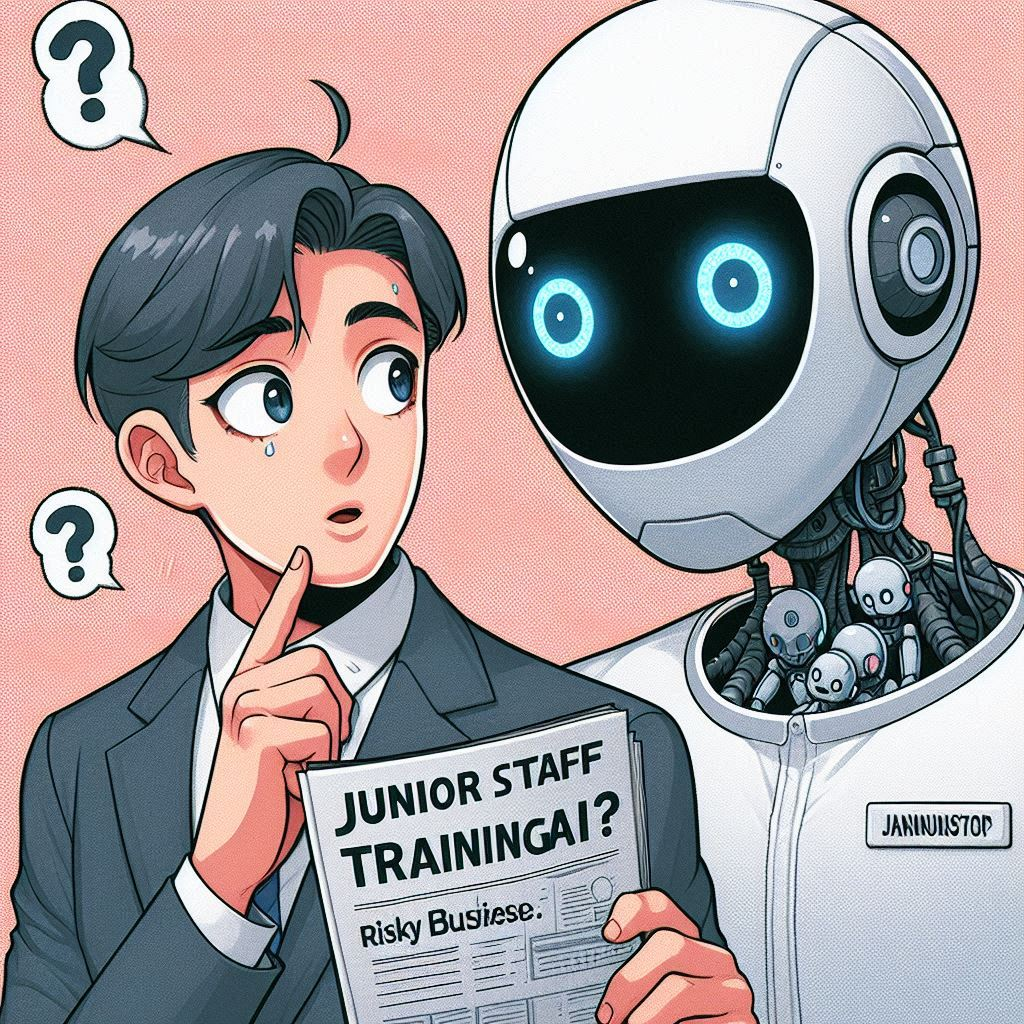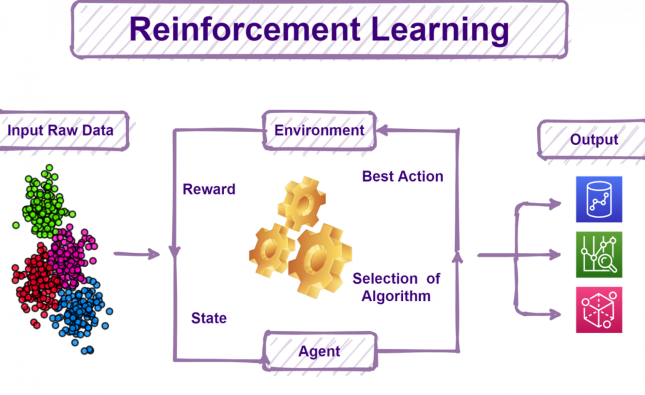
About the Author:
Sarah Jones is a seasoned business analyst with over 10 years of experience in evaluating and implementing emerging technologies. Her expertise lies in identifying best practices for maximizing ROI within the AI development landscape.
Informative Headings:
- AI Development: A Game Changer, But At What Cost?
- Unveiling the Hidden Costs of Junior-Led AI Projects
- The Impact on Project Timeline and Budget
- Mitigating Risks: The Value of Senior Expertise
- Building a Sustainable AI Development Strategy
- Key Considerations for Business Analysts and Investors
The Cost of Cutting Corners: Unveiling the Hidden Costs of Junior-Led AI Development
In today’s data-driven world, Artificial Intelligence (AI) has become a game-changer across industries. Business analysts and investors are increasingly recognizing the potential of AI to revolutionize processes, enhance efficiency, and unlock new growth opportunities. However, the allure of cutting development costs by relying solely on junior talent can lead to unforeseen roadblocks and hidden expenses. This article delves into the critical, yet often overlooked, costs associated with junior-led AI development, empowering business analysts and investors to make informed decisions.
Unveiling the Hidden Costs of Junior-Led AI Projects (Table 1)
| Hidden Cost | Description | Impact |
|---|---|---|
| Extended Development Time | Junior developers require more supervision and guidance, leading to longer project timelines. | Increased development costs, missed market windows, and potential loss of competitive advantage. |
| Code Quality and Maintainability | Less experienced developers might produce code with bugs and inefficiencies. | Higher maintenance costs down the line, difficulty in scaling the AI solution, and potential performance issues. |
| Data Preprocessing and Feature Engineering | Junior developers might lack the expertise to effectively prepare data for AI models. | Reduced model accuracy and performance, hindering the ROI of the project. |
| Model Selection and Optimization | Choosing the wrong model or failing to optimize it can significantly impact results. | Inaccurate predictions, wasted resources, and missed opportunities to maximize the potential of the AI solution. |
| Risk Management and Ethical Considerations | Junior developers might lack the experience to identify and mitigate potential risks associated with AI deployment. | Bias in AI models, security vulnerabilities, and potential legal issues. |

The Impact on Project Timeline and Budget
While focusing solely on junior talent might seem like a cost-saving strategy initially, it can significantly impact both the project timeline and budget. Extended development times due to the need for more supervision and the potential for rework resulting from code quality issues lead to unforeseen expenses. Additionally, the lack of experience in data preparation, model selection, and risk management can translate into inaccurate results and missed opportunities to optimize the AI solution’s performance.
Mitigating Risks: The Value of Senior Expertise
The inclusion of senior developers on an AI project team brings invaluable expertise to the table. Their experience allows them to:
- Streamline development processes and identify potential roadblocks early on.
- Ensure code quality and establish best practices for maintainability.
- Effectively prepare data and select the most suitable AI model for the specific task.
- Optimize the model for improved performance and address potential biases.
- Identify and mitigate risks associated with AI deployment, ensuring ethical and legal compliance.
Building a Sustainable AI Development Strategy
Building a sustainable AI development strategy requires striking a balance between cost optimization and the expertise necessary for project success. Here are key considerations for business analysts and investors:
- Invest in a blended team: Assemble a team that leverages the enthusiasm and learning agility of junior developers while benefiting from the guidance and experience of senior talent.
- Prioritize mentorship and training programs: Equip junior developers with the necessary skills to excel in AI development through mentorship programs and targeted training initiatives.
- Focus on project scope: Ensure that the assigned tasks for junior developers are well-defined and aligned with their skillset while providing senior oversight on the overall project.
Key Considerations for Business Analysts and Investors
Business analysts play a crucial role in evaluating the feasibility and potential ROI of AI projects. Accurately assessing the development costs requires considering both direct expenses and the hidden costs associated with junior-led development. Investors should look for an AI development strategy that emphasizes a blend of talent, mentorship, and risk management to ensure the long-term success of their investment.
By understanding the hidden costs of junior-led AI development, business analysts and investors can make informed decisions and build sustainable development plans
Conclusion: A Balanced Approach for AI Success
The potential of AI to revolutionize businesses is undeniable. However, achieving success requires a strategic approach that balances cost-efficiency with the expertise required for optimal outcomes. By recognizing the hidden costs associated with junior-led development and implementing a balanced talent strategy, business analysts and investors can build sustainable AI projects that deliver long-term value.










